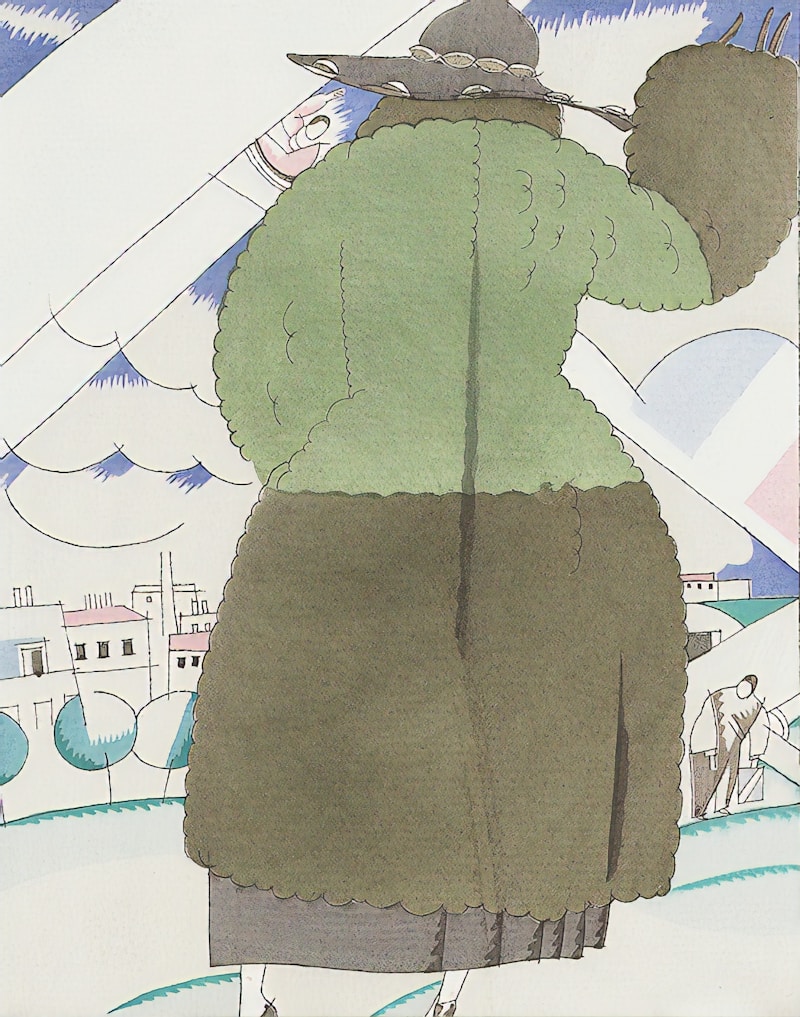Getting the Perfect Bust Line Fit: A Comprehensive Guide
Understanding the Importance of Bust Line Fit
The quest for the perfect bust line fit is a challenge many women face. Whether it's for everyday wear, special occasions, or specific outfits, the right bust line fit can greatly enhance comfort and confidence. This comprehensive guide will delve into the techniques, considerations, and tips that can help you achieve an ideal fit.
What is Bust Line Fit?
Bust line fit refers to how well a garment conforms to the bust area. It is essential for ensuring that clothing not only looks good but also feels comfortable. A poor fit can lead to discomfort, alterations throughout the day, and an unflattering silhouette. Here, we'll explore various aspects of achieving that perfect fit.
Factors Influencing Bust Line Fit
There are several factors that contribute to getting the perfect bust line fit. These include body shape, fabric type, and garment style. Understanding these elements will help you select clothing that complements your figure.
1. Body Shape
Every woman's body shape is unique. Identifying your body shape will help you understand which styles will provide the best bust line fit. Here are some common body shapes:
| Body Shape | Description |
| A-Shaped | Narrow shoulders, wider hips |
| V-Shaped | Wider shoulders, narrower hips |
| Hourglass | Balanced shoulders and hips with a defined waist |
| Rectangle | Straight body line with little definition at the waist |
2. Fabric Type
The type of fabric can significantly impact how clothing fits the bust. Fabrics with stretch, such as jersey or spandex blends, conform better than rigid fabrics like cotton or denim. Consider the material when searching for the perfect bust line fit.
3. Garment Style
Different styles serve different needs. For example, structured tops often provide more support for the bust than flowy fabrics. Features like underwire in bras or built-in support in dresses can also help in achieving a flattering fit.
How to Measure for the Perfect Bust Line Fit
Accurate measurements are essential. Here’s how you can measure yourself at home:
- Step 1: Gather Your Supplies - You'll need a soft measuring tape and a notepad.
- Step 2: Wear a Good Bra - For accurate measurements, wear a well-fitted bra.
- Step 3: Measure Bust Circumference - Wrap the measuring tape around your bust at the fullest part. Make sure it is parallel to the ground and not too tight.
- Step 4: Measure Under Bust - This is just beneath your bust; it will help you find your bra size.
- Step 5: Calculate Your Size - Use the measurements to refer to sizing charts from specific brands.
Always remember that sizes may vary by brand, so consulting specific company sizing charts is recommended.
Common Issues with Bust Line Fit
Even when you take proper measurements and select the right style, you may still encounter fit issues. Here are some common problems:
1. Gaping
Gaping occurs when there’s extra fabric at the bust area. This is often seen in shirts or dresses that are too large or do not have enough structure.
2. Overflowing
Overflowing happens when your bust spills out of the garment, indicating that it is too small. Proper fitting for bras and tops can prevent this issue.
3. Tightness
When a garment feels constricting, it can hinder movement and comfort. Make sure to check different sizes and styles to find one that allows for ease of movement while still being supportive.
Choosing the Right Bra for Bust Line Fit
A well-fitted bra is one of the key components in achieving the perfect bust line fit. Here are some types of bras to consider:
- Underwire Bras - Provide structure and lift.
- Sports Bras - Ideal for physical activities as they offer support without the risk of overflow.
- Bralettes - Perfect for comfort and casual wear, but may not be ideal for support.
- Push-Up Bras - Enhance the bust line and can dramatically change the silhouette.
Tips for Maintaining the Perfect Fit
Once you’ve found the right fit, maintaining it is crucial. Here are some helpful tips:
- Regularly Check Your Measurements - Your body can change, so re-measure every few months.
- Invest in Quality - Quality garments tend to fit better and last longer.
- Consult a Professional - If you're unsure, seeking the help of a fitting specialist can make a difference.
Conclusion: Your Path to Achieving the Perfect Bust Line Fit
In summary, getting the perfect bust line fit requires understanding your body shape, fabric selection, and making accurate measurements. Armed with these techniques and insights, you can choose clothing and bras that not only fit your body well but also make you feel confident and beautiful. Remember to consider common fit issues, and always re-evaluate your size as your body changes over time. A flattering bust line fit can transform your wardrobe and enhance your overall look.
Ultimately, the right fit is not just about appearance; it enables movement, promotes confidence, and ensures comfort. Take the steps necessary for achieving that elusive perfect fit, and enjoy the benefits it brings to your style.
